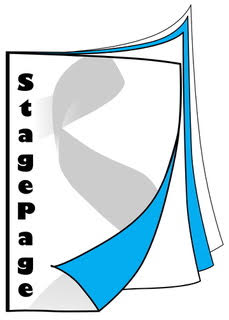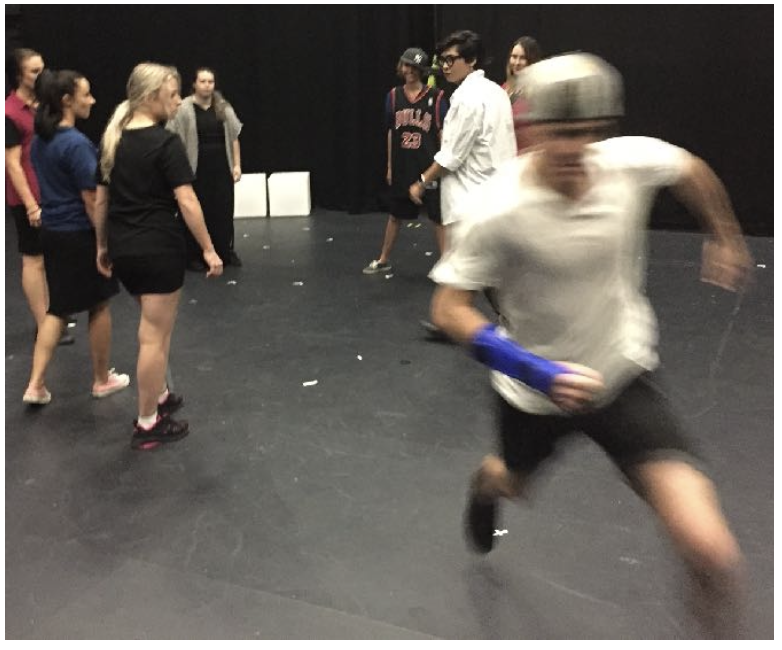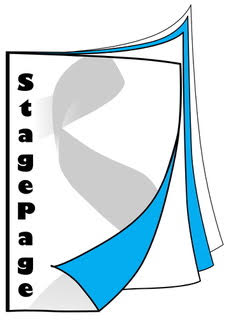Drama Term Tuesday #36
/Korean Drama
An elaborate, sophisticated drama with long traditions and origins in ritual and religion.
Silla period - 578 BC - 935 AD featured
Kommu: masked sword dance about the death of a young warrior.
Muaemu: dance without masks
Ch’oyongmu: grotesque masked dance drama
Koryo period - 918 - 1392 AD featured mainly puppet plays, acrobatic dances, but not a fully featured developed drama tradition.
Choson period - 1392 - 1910
P’ansori: one man operetta accompanied on the pug, double headed drum.
Kwangdae - actor - used three elements:
Sori - singing
Aniri - narration and dialogue
Ballim - acting restricted to emotional expression of joy.
Korean masked drama had two major forms
Purakje - village festival plays
Sanda-togam-g¨uk - court plays that later came to be performed in theatres, included dance, singing, music, mime and exchange of repartee; used elaborate and colourful masks made of dried gourds or paper which were traditionally burned at the end of each performance. Plays were collaboratively developed and transmitted by oral traditions.
Khoktu kaksi - traditional humorous Korean puppet theatre featuring animal and human characters.
Hahoe mask dance drama - originally had ritual significance but in recent times has mainly entertainment focus. Features various allegorical characters represented by masks not dissimilar to the commedia dell’arte use of stock characters and masks. Focused on class and social distinctions in humorous ways.






